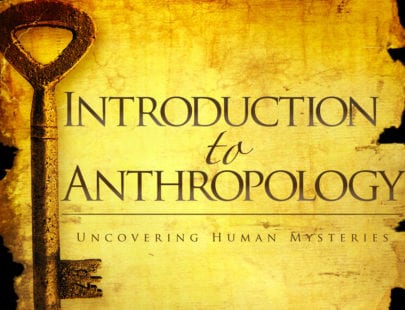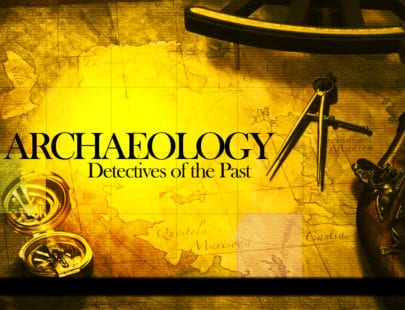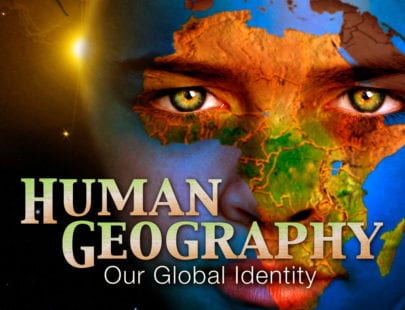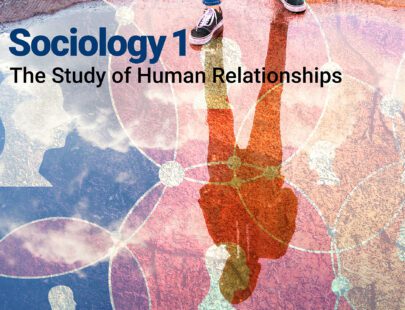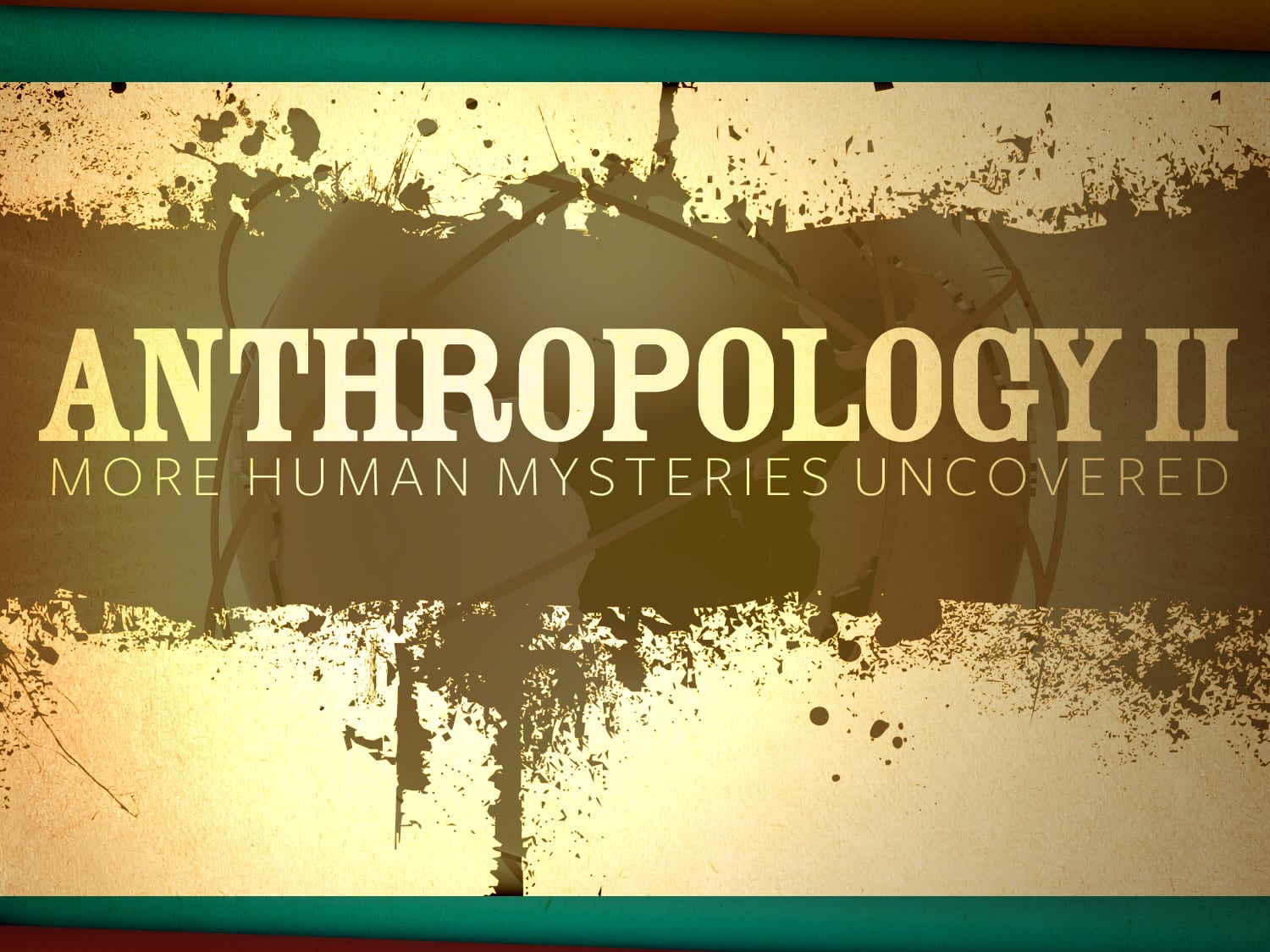
Anthropology II: More Human Mysteries Uncovered
How does your culture influence you? Many of our ancient cultures and languages were shaped by the geographical locations of our ancestors. And by examining their views on life, death, art, and survival, we begin to understand how ancient cultures flourished. In looking back and learning about cultures, we are better equipped to understand the world around us.
Units at a Glance
Unit 1: Anthropologists in the Field
In this unit, we will examine the use of ethnography in anthropological research. We will learn more about what an ethnography is and examine some of the historical background of this methodology. We will also discuss some of the steps that anthropologists go through as they seek to understand groups through participant observation. Finally, we will consider some of the ethical issues that can develop with ethnographical research and the resulting ethnographies that are written up based on that research.
What will you learn in this unit?
- Discuss ethnographies as a research method and written product.
- Discuss some of the advantages and disadvantages of using ethnographical research methods.
- Describe the development and history of ethnography.
- Understand the various elements of doing ethnographical research.
- Discuss the ethical dilemmas and issues in ethnographies.
Unit 2: The Life Course
In this unit, we will explore the life course of humans and the ways in which the stages of life influence humans. Anthropologists have long studied different phases in human life, as well as the transitions and rites of passage that signal a change in those phases. We will consider some of the different stages or phases during the life course. In doing so, we will learn more about the expectations and changes that each phase of life may bring individuals.
What will you learn in this unit?
- Discuss the life course perspective and why anthropologists may study the life course.
- Describe rites of passage and why societies use them.
- Understand some of the different phases or stages that individuals experience during their lives.
- Discuss social birth and how this may be different from physical birth.
- Describe initiation rites and why they are used by societies.
Unit 3: Death & Dying
In this unit, we will continue our exploration of the life course by examining how human societies handle dying and death. We will learn about death systems and the functions that these systems have for societies. We will also examine some of the cultural and historical ways that human remains, burials, and funerals or other observances have been structured and used in society.
What will you learn in this unit?
- Understand death systems and the functions that these systems have for society.
- Describe how human societies deal with human remains.
- Discuss how societies have buried their dead and how these practices connect to religious and social beliefs.
- Define grave goods and understand why they were used in burials around the world.
- Discuss some of the funeral practices that societies have used throughout history.
Unit 4: Art and Culture
In this unit, we will examine the role of art in culture. Every culture produces and creates art in some way, whether it is in the form of paintings, poetry, or sculpture. While we often consider each piece of art singularly, anthropology offers us another perspective on the creation and use of art in society. From this perspective, we will consider the role that art plays in culture and one way of classifying the art from different cultures. We will also examine several different examples of art, including music and masks, to learn more about how cultures use these aspects of art.
What will you learn in this unit?
- Describe the anthropological perspective on art.
- Understand why cultures produce art and what role it plays in society.
- Show how art can be classified according to societal complexity.
- Discuss music and dance as a form of art.
- Describe the production of cave paintings in prehistoric periods.
Unit 5: Cultural Evolution
In this unit, we will examine cultural evolution and change. Although we often describe culture in a static, constant way, the reality is that culture is always adapting and changing in both large and small ways. From new fashions to new beliefs, culture is always in motion. In examining cultural change, we will investigate some of the factors that influence and promote cultural change, including changes in the environment, interactions with others, and acculturation to more dominant groups. We will also consider some examples of cultural change and how the changes occurred.
What will you learn in this unit?
- Describe cultural change.
- Show why cultural change happens and some of the factors that can produce it.
- Discuss anthropological concepts related to cultural change, such as diffusion and acculturation.
- Discuss some of the different types of cultural diffusion.
- Describe how cultural change can be intentionally brought about.
Unit 6: The Maasai
In this unit, we will explore a particular culture, the Maasai, in order to illustrate some of the concepts and themes that we have discussed during our study of anthropology. Although it is not possible for us to conduct an ethnography of the group itself, we can use the model of an ethnography to help us examine different aspects of the Maasai and to look at how these aspects of culture influence the lives of those within the culture. As we learn about the Maasai, we will consider cultural aspects such as their household structure, gender arrangement, rites of passage, appearance, and cultural change.
What will you learn in this unit?
- Describe the Maasai culture in Africa.
- Understand the household organization of the culture.
- Discuss the gender arrangement of the Maasai.
- Discuss the rites of passage that Maasai males experience.
- Understand the factors that are creating cultural change for the Maasai.
Unit 7: The Yanomamo
In this unit, we will continue to examine specific examples of human cultures and turn our attention to the Yanomamo. The Yanomamo, who live deep in the Amazon in the countries of Brazil and Venezuela, are often studied in anthropology because the culture has remained isolated for many years. While outsiders are increasingly moving into Yanomamo territory today, the group had been relatively untouched by the modern world until the twentieth century. In learning about the Yanomamo, we will consider aspects of their life such as the presence of warfare, funeral practices, and some of the controversies that have arisen in anthropology about the studies done examining the Yanomamo.
What will you learn in this unit?
- Discuss the Yanomamo.
- Describe the structure and organization of a Yanomamo village.
- Discuss different explanations for the violence and warfare in Yanomamo culture.
- Describe Yanomamo funeral practices and their functions.
- Understand some of the controversies of Yanomamo research.
Unit 8: The Culture of Indonesia
In this unit, we will learn more about the cultures in Indonesia and, in particular, how these cultures often reflect cultural diffusion and the influence of outside cultures. Although some Indonesian groups are relatively isolated, many others have experienced centuries of contact with traders, missionaries, explorers, travelers, and others. These individuals have left their mark on Indonesian cultures in a variety of ways. We will consider several of the areas of cultural diffusion, including religion, architecture, music, and food.
What will you learn in this unit?
- Discuss the cultures of Indonesia.
- Show how Indonesian culture reflects cultural diffusion.
- Give several examples of Indonesian religions that show the influence of other cultures.
- Discuss the tradition of gamelan and its role in Indonesian society.
- Understand how other cultures have influenced Indonesian architecture and cuisine.
Required Materials
No additional materials are required for this course.
